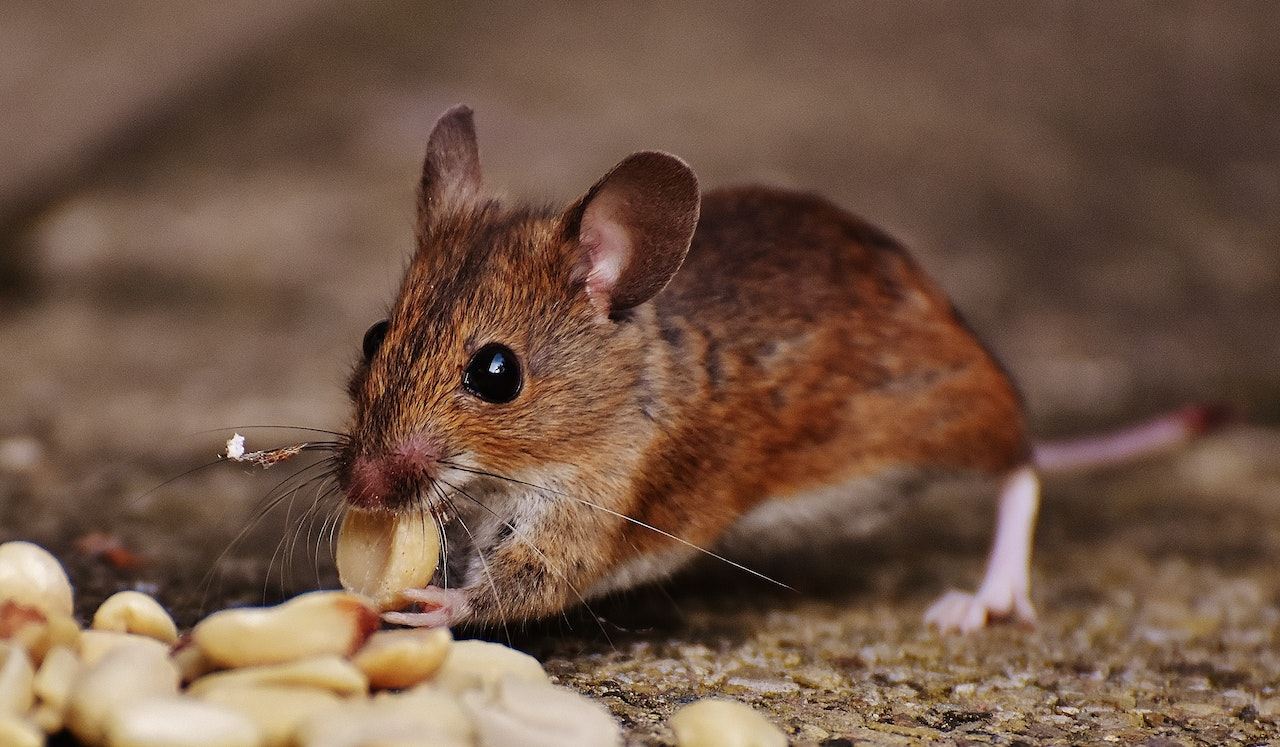Table of Contents
ToggleHow to Keep Pest Control Costs Low Without Sacrificing Results
Pest control keeps your home healthy and comfortable, but it can get expensive fast. Hiring professionals, buying supplies, and maintaining prevention plans all add up. The good news—there are simple ways to cut costs while still keeping pests away.
Act Fast and Prevent Early
The best way to save money on pest control is to act early. Small pest problems are easy and cheap to fix. If ignored, they grow fast and cost much more to handle.
Watch for early warning signs such as:
Pest droppings or gnaw marks
Strange sounds in walls or ceilings
Prevention is even better. Inspect your home often for cracks, gaps, or holes where pests can enter. Seal these openings around doors, windows, and utility lines. Keep the house clean, store food in sealed containers, and take out the trash regularly. Good hygiene alone can stop many pest problems before they start.
Try Simple DIY Pest Control Methods
For minor pest issues, do-it-yourself (DIY) options can save you money. You can use:
Traps or baits
Natural repellents like peppermint oil or vinegar
Store-bought insect sprays
Follow all directions carefully for safe and effective use. DIY is best for small problems. For larger infestations or tough pests like termites, rodents, or cockroaches, hire a professional to avoid bigger costs later.
Schedule Routine Maintenance
Even after treatment, pests can come back. A maintenance plan with regular inspections helps stop re-infestations. Most pest control companies offer affordable monthly or quarterly visits. These visits prevent small issues from becoming major ones, saving money in the long run.
Pro Tip: Ongoing maintenance often includes discounted follow-up treatments, making it cheaper than emergency visits.
Use an Integrated Pest Management (IPM) Plan
Integrated Pest Management (IPM) is a smarter, more sustainable way to control pests. It combines prevention, monitoring, and targeted treatments instead of relying only on chemicals.
An IPM plan may include:
Sealing entry points
Improving sanitation
Removing food and water sources
Using traps or biological controls
This approach cuts chemical use, keeps pests away longer, and lowers overall costs.
Keep a Clean and Pest-Resistant Home
Pests are drawn to food, water, and clutter. A clean home gives them fewer reasons to stay.
Simple habits that make a big difference:
Wipe up spills right away
Vacuum often
Keep food in airtight containers
Trim plants and trees away from the home
Eliminate standing water and fix leaks
A tidy home and yard reduce the need for frequent pest treatments.
Learn About Common Florida Pests
Knowing which pests are common in South Florida helps you spot them early. Common culprits include ants, termites, roaches, and mosquitoes. Learn their behavior, what attracts them, and where they hide. This knowledge lets you take faster, more effective action when you see early signs of activity.
Make Smart Home and Yard Improvements
A few home upgrades can prevent costly infestations:
Seal foundation cracks
Add screens to vents and windows
Fix damaged roofs and siding
Improve drainage and remove standing water
Keep mulch and vegetation away from the foundation
These changes cost little compared to repeated pest treatments.
Inspect Regularly
Check your home and yard often. Look for droppings, holes, or chew marks. Use sticky traps or pheromone lures in basements, garages, and kitchens to spot pests early. The sooner you find a problem, the cheaper it is to fix.
Don’t Delay Action
Waiting too long to deal with pests always costs more. As soon as you notice a problem, act—either with DIY methods or by calling a professional. Quick action prevents damage and avoids large repair bills later.
Final Thoughts
You don’t have to spend a fortune to keep your home pest-free. Early action, regular maintenance, and good prevention habits go a long way. Whether you handle small issues yourself or hire professionals for major ones, smart pest control is about consistency—not cost.
